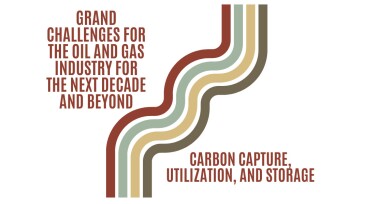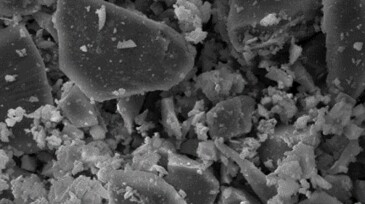R&D/innovation
This article is the sixth and final Q&A in a series from the SPE Research and Development Technical Section focusing on emerging energy technologies. In this final edition, Matthew T. Balhoff, SPE, of The University of Texas at Austin shares his views on the future of upstream education.
As cutting-edge technologies unlock geothermal potential, Japan is channeling investments into powerhouse projects across the US, Indonesia, and New Zealand and priming its own reserves for a clean energy boom at home.
KTH researchers unveil a nickel–iron catalyst that speeds up water splitting, boosting efficient, sustainable hydrogen production.
-
Industry experts advocate for collaboration to develop and test technology that can reduce emissions without breaking the bank.
-
A Houston-based geothermal startup just got "liked" by the parent company of Facebook.
-
Cost concerns temper public appetite for clean energy while companies struggle to find investors for projects.
-
Transition requires action, not perfect technology, but challenges remain around scalability, cost, and revenues.
-
The highly anticipated SPE/IADC Asia Pacific Drilling Technology Conference was held in Bangkok and gathered over 1,000 professionals from the drilling and well technology communities across more than 30 countries.
-
The Earth has huge capacity to store carbon dioxide emitted from energy production. This article discusses the technology of carbon capture, utilization, and storage (CCUS) and its challenges.
-
Geo2Watts is transforming abandoned oil and gas wells into renewable energy assets using solar power and sand. In this exclusive Q&A, co-founders Phil Cruver, Bill Bartling, and Ken Murray share their vision and the innovative technology behind their “borehole battery.”
-
A proprietary direct lithium extraction technology proposes using electrodialysis to produce lithium, green hydrogen, and fresh water from geothermal brines while repurposing oil and gas infrastructure. Meanwhile, new research reveals that deepsea polymetallic nodules generate oxygen through electrochemical processes at depths of up to 13,000 ft and may also hold valu…
-
his paper presents research and application of a sustainable, low-density geopolymer alternative to Portland cement for cementing applications in low-temperature wells.
-
A new partnership aims to leverage technology developed for geothermal wells to create a new drilling system for complex offshore wells.













